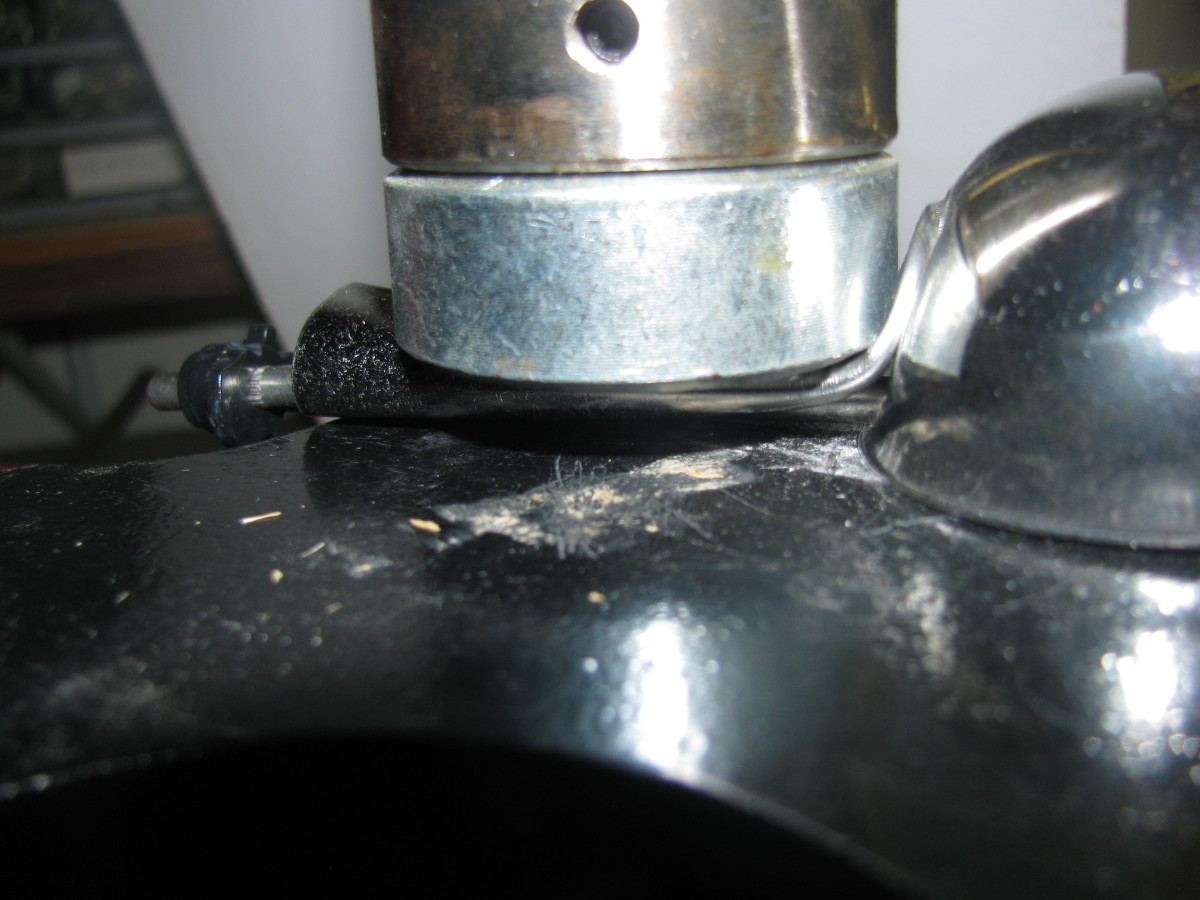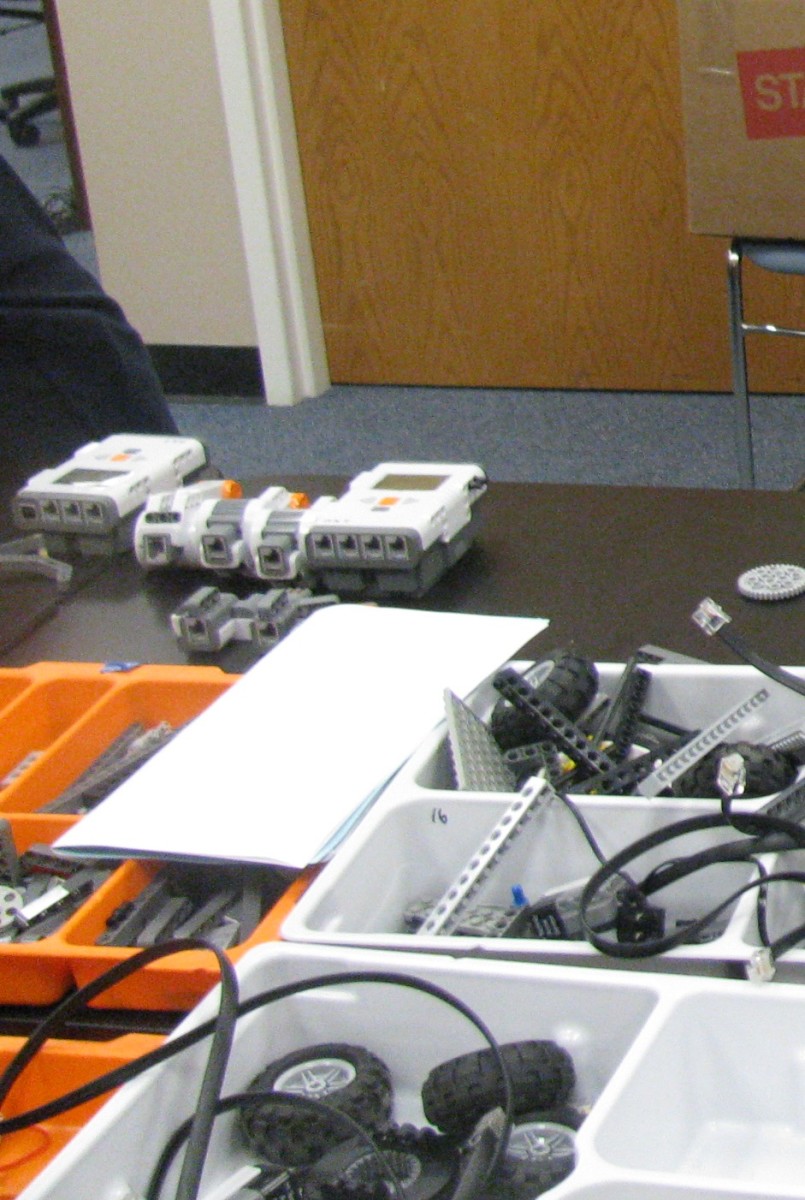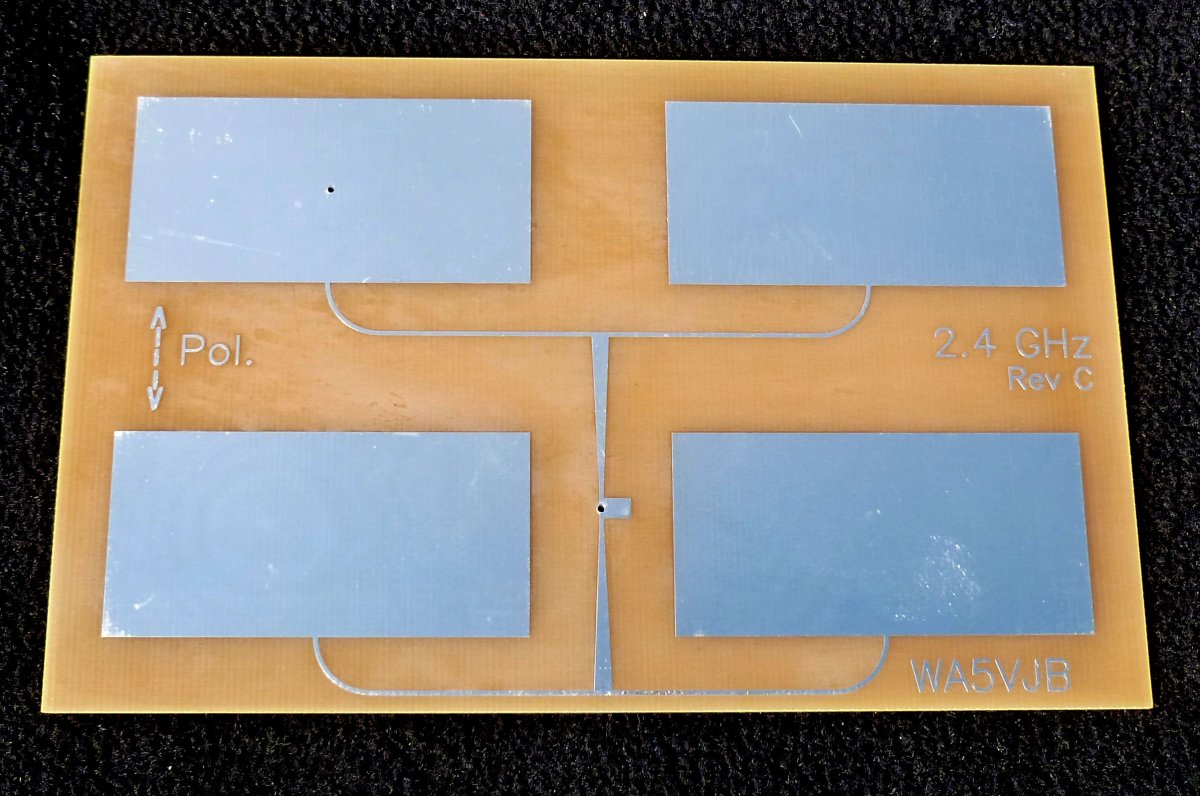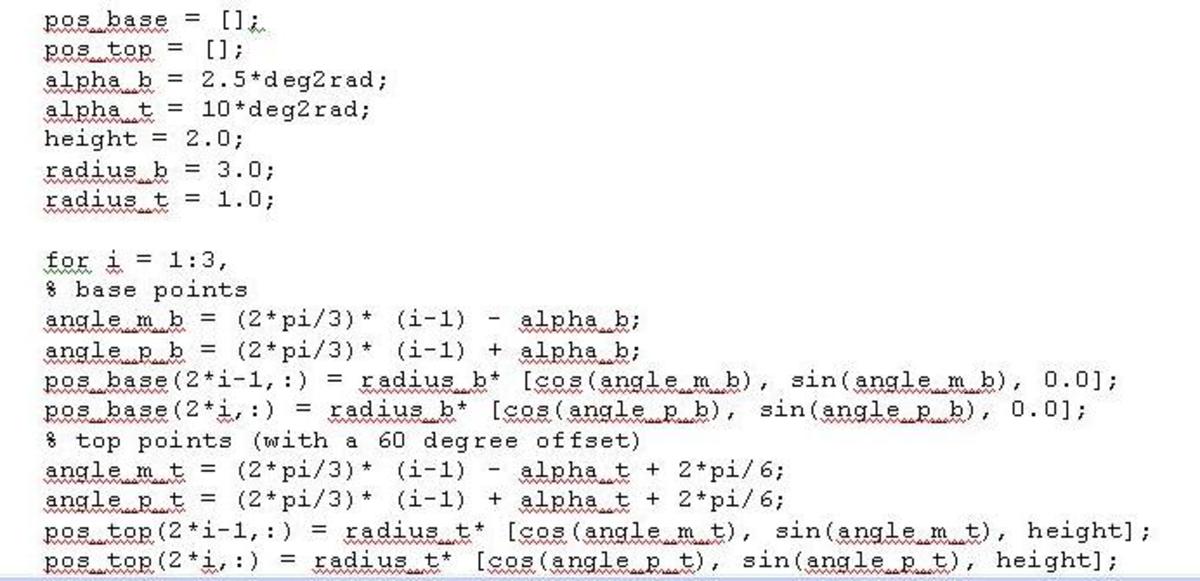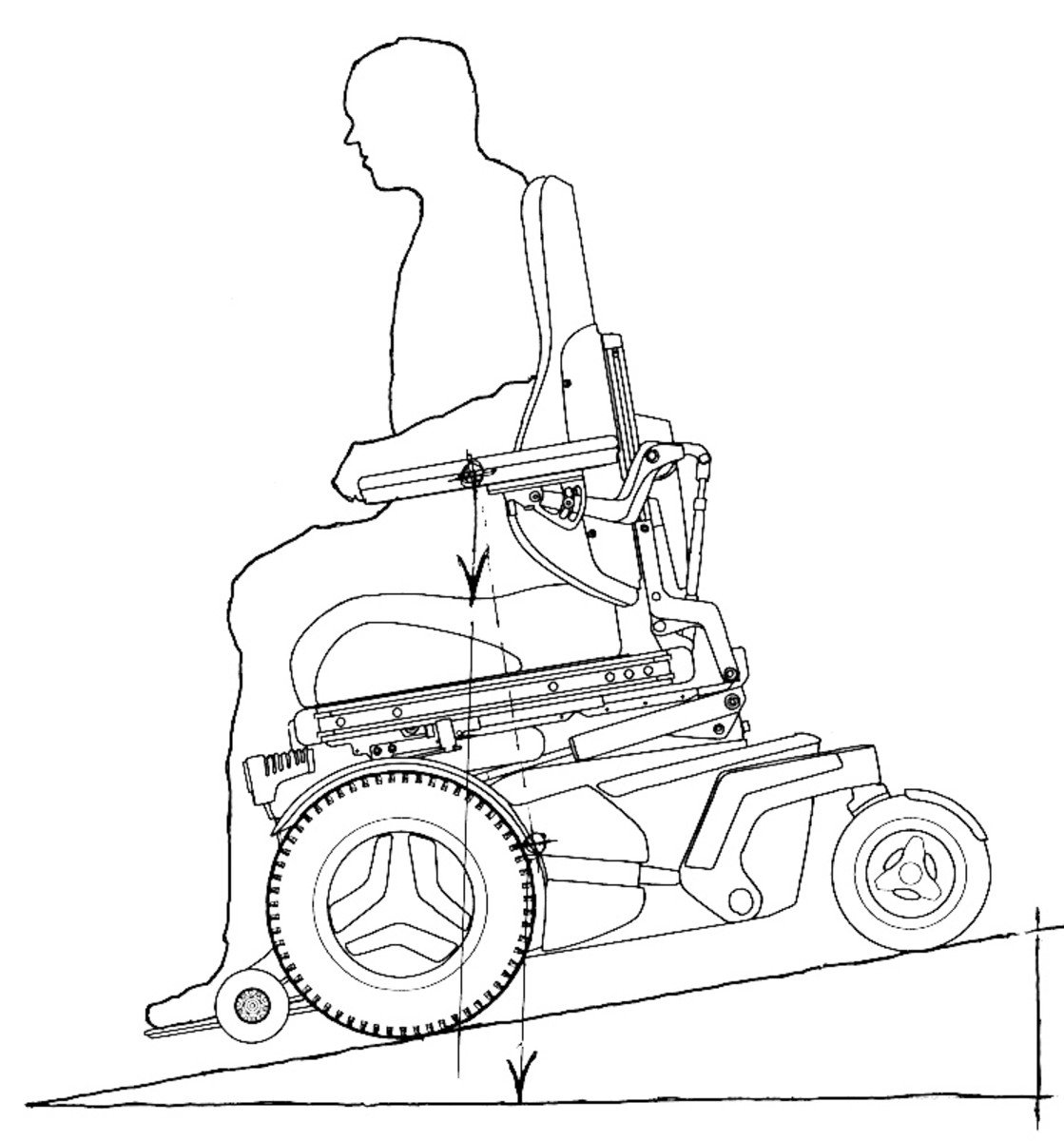ISO Clean Room Standards
The two biggest clean room standards by the International Standards Organization are ISO 14644 and ISO standard 14698.
ISO 14698 outlines the processes for monitoring for microorganisms like bacteria, viruses and mold. ISO 14644 is a major standard for clean rooms and controlled environments.
What does ISO 14644 say, and when does it apply? What does ISO 14698 mandate?

ISO 14698
ISO 14698 describes the methods used in bio-containment control. ISO 14698 has two parts. ISO 14698-1 outlines the formal system used to maintain bio-containment control within a clean room. ISO 14698-1 also outlines methods to help control biological contamination based on the risk it poses.
ISO 14698-2 was published in 2003. ISO 14698-2 outlines the procedures to interpret and analyze bio-containment data after the samples were taken in accordance with ISO 14698-1.
ISO 14698-2 is the standard process for microbial monitoring within clean rooms. When you see a sudden rise in bacteria counts in a test or at one location within a clean room, ISO 14698-2 mandates verification of these results instead of choosing to ignore the outlier. This standard often applies to clean rooms used for pharmaceutical manufacturing and medical laboratories.
ISO 14698-3 was a standard for measuring the cleaning of various inert surfaces to remove bio-contamination. However, this standard is not active.
ISO 14644
ISO 14644 is broken into nine parts. ISO 14644-1 is the dominant part of ISO 14644. ISO 14644 Part 1 classifies clean rooms based on the concentration of particles in the air. ISO 14644-1 applies to clean rooms with particles ranging from 0.1 µm to 5 µm.
ISO 14644-2 gives the procedures for testing air quality to demonstrate compliance with ISO 14644 Part 1.
ISO 14644-3 outlines the steps for verifying particle levels and cleanliness. ISO 14644-3 describes the performance levels for clean rooms and clean zones. Clean room samples must be taken in a nearly random fashion in different parts of the clean room to say with confidence that it meets the necessary particle concentration levels. Many clean rooms are divided into several sections that are equally large while the samples are taken randomly within each quadrant.
ISO 14644-3 classifies three different states for clean rooms with occupants: at rest, as-built and operational. At rest clean rooms, also called static clean rooms, do not have any occupants or running equipment.
An as-built clean room has been set up but does not have any people or production equipment. In essence, it has a sterile environment but without any of the major causes of contamination present. Operational clean rooms have people and operating equipment. Clean rooms are also divided into types: unidirectional flow and without unidirectional flow.
ISO 14644-4 describes the processes to demonstrate compliance with part one of ISO 14644. ISO 14644-4 gives ISO’s requirements in the initial design and construction of clean rooms. ISO 14644-4 also describes the ISO standards for starting up a clean room.
ISO 14644-5 is the standard for clean room operation. ISO 14644-5 does not include safety standards; safety is addressed in a different part of ISO 14644.
ISO 14644-6 gives the vocabulary and ISO recognized definitions used in the other sections of the ISO 14644 standard and other ISO clean room standards.
ISO 14644-7 describes the separative devices used within clean rooms. These devices include glove boxes and clean air hoods that may create mini-environments with lower particle densities or greater bio-containment control than the clean room itself.
ISO 14644-7 does not apply to protective full suits, such as those worn by the scientists in the movie “Andromeda”. If a hospital lab operates at one level, the glove box in which a suspected anthrax sample is stored and tested may meet a stricter standard of bio-containment control.
ISO 14644-8 describes the classification for AMC, airborne molecular contamination. This standard outlines the procedures for testing for different chemicals in the air, how to analyze air samples and time weighted factors that take the decay of different chemicals into effect when estimating the concentration when the sample was taken. The 2006 version of this standard, which is still in effect in 2012, the test methods are only applicable to clean rooms for testing substances with concentrations up to 1012 grams per cubic meter.
ISO 14644-8 only applies to testing substances that are possibly dangerous to people or manufacturing processes. For example, ISO 14644-8 does not apply to testing water vapor levels since the substance isn’t dangerous or food residue powder in the air if this does not pose a risk to workers. ISO 14644-8 does not address cover testing methods for contamination on the surfaces within the clean room. That is addressed in section 9.
ISO 14644-9 is the standard for measuring the cleanliness of surfaces within a clean room. This standard gives recommendations on testing surfaces within the clean room like walls and work tables.
Related Industry Standards
British Standard BS 5295 was superseded by ISO standard 14644-1. ISO 21501-4 outlines the process of using a light scattering particle counter to measure particle sizes.
ISO 11140 is the standard for the sterilization of health care products. ISO 11737 is the standard for testing the sterility of medical devices, testing for bacteria and other microorganisms.


